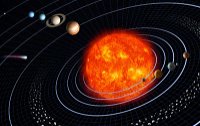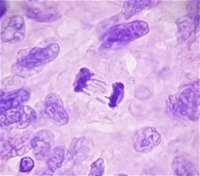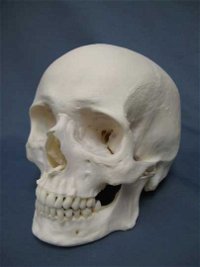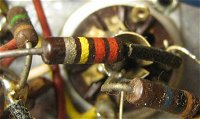
Richard Of York Gave Battle In Vain Quiz
Scientific Mnemonics
Perhaps you would recognize the title of this quiz better as the simplified ROY G. BIV, as it spells out the order of the colours in the rainbow - red, orange, yellow, green, blue, indigo, and violet. Here are some other scientific mnemonics for you.
by reedy.
Estimated time: 3 mins.









